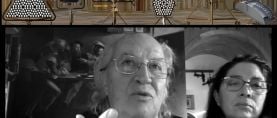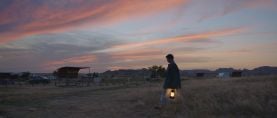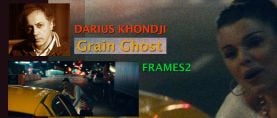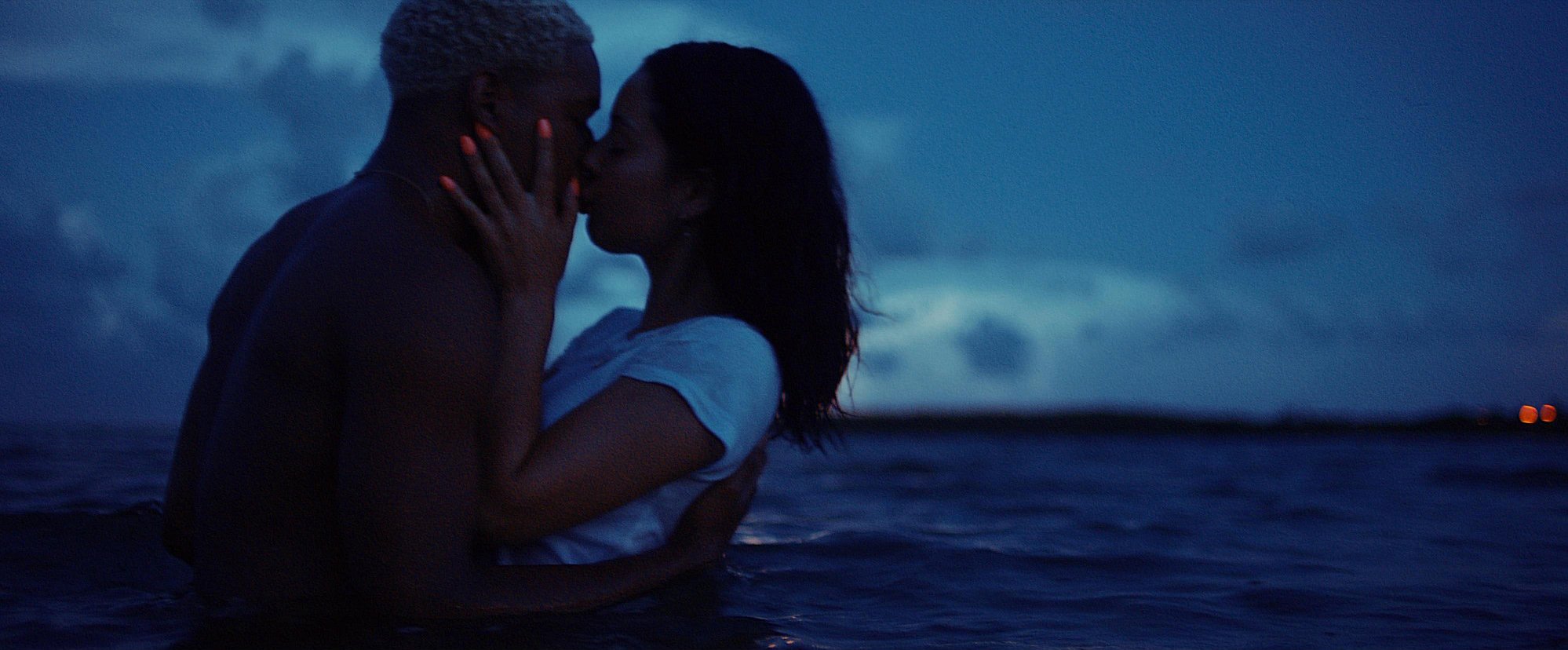
Making Waves — A Conversation with Director Trey Edward Shults
Speaking in depth with the filmmaker about his dazzling third feature, with striking cinematography by Drew Daniels.
See Waves. It's a powerful, moving film about teenagers,
young love, families, fathers and sons, brothers and sisters, Florida, addiction, good
and evil, hate and love, redemption, forgiveness -- but not
necessarily in that order. More simply, Waves follows two teenage couples as their love is tested when life comes crashing down, within and without them. I discovered Waves at Camerimage where I met its cinematographer, Drew Daniels.
+++
Intro
1. Pyrotechnic Waves
2. Cinematographer Drew Daniels
3. Camera Movement
4. Elastic Frame
5. Bold Colors
6. White and Black Filmmakers
7. Love Covers All Offenses
8. Autobiographical
9. Why A Diptych?
10. Terrence Malick
LINKS
+++
Intro
Waves is a film about youth made by very promising young filmmakers. The mise en scène by director Trey Edward Shults is masterful. The film is strongly imprinted by the striking cinematography of Drew Daniels. The cast is superb, with wonderful performances, notably by young actors Kelvin Harrison Jr., Taylor Russell, Alexa Demie and Lucas Hedges, as well as accomplished actors Sterling K. Brown and Renée Elise Goldsberry, who play the parents.
Waves is broken into two sections, focusing in turn on Tyler then Emily, brother and sister teenagers in an affluent African-American family in Florida. The first part starts with Tyler (Harrison) as a successful high school senior with a promising future. After an unexpected tragedy shakes the family to its core, the second part shifts the focus to Emily (Russell) as she struggles to build a life for herself.
What follows is my in-depth conversation with director Trey Edward Shults, an upcoming American writer-director with three features to date: Krisha in 2014, It Comes at Night in 2017, and this year, Waves. Trey is 31. Although there are no spoilers, the following conversation makes even more sense if you've seen the movie. Did I mention that you should see Waves? :)
watch on YouTube
+++
1. Pyrotechnic Waves
Benjamin B: Your film is powerful and dazzling. Right from the start, the 360 shot inside the car gives a great feeling of exuberance. It’s a masterful scene; it could come of as pyrotechnics, but you skirt that danger gracefully.
Trey Edward Shults: Thank you. It warrants that skirting because the film grammar is from a teen’s point of view, a brother and sister in their teens. It’s emotionally true to that.
Can you tell us about the title?
The movie is about dichotomies in our lives, the ebbs and flows in
our lives, the highs and lows, the good and bad, the pain and beauty, and the
messy gray matter that connects all of that. Waves felt
emotionally and spiritually true to that. The title came right before I started writing. Elements of the story had been brewing
forever, but it didn’t gel.
+++
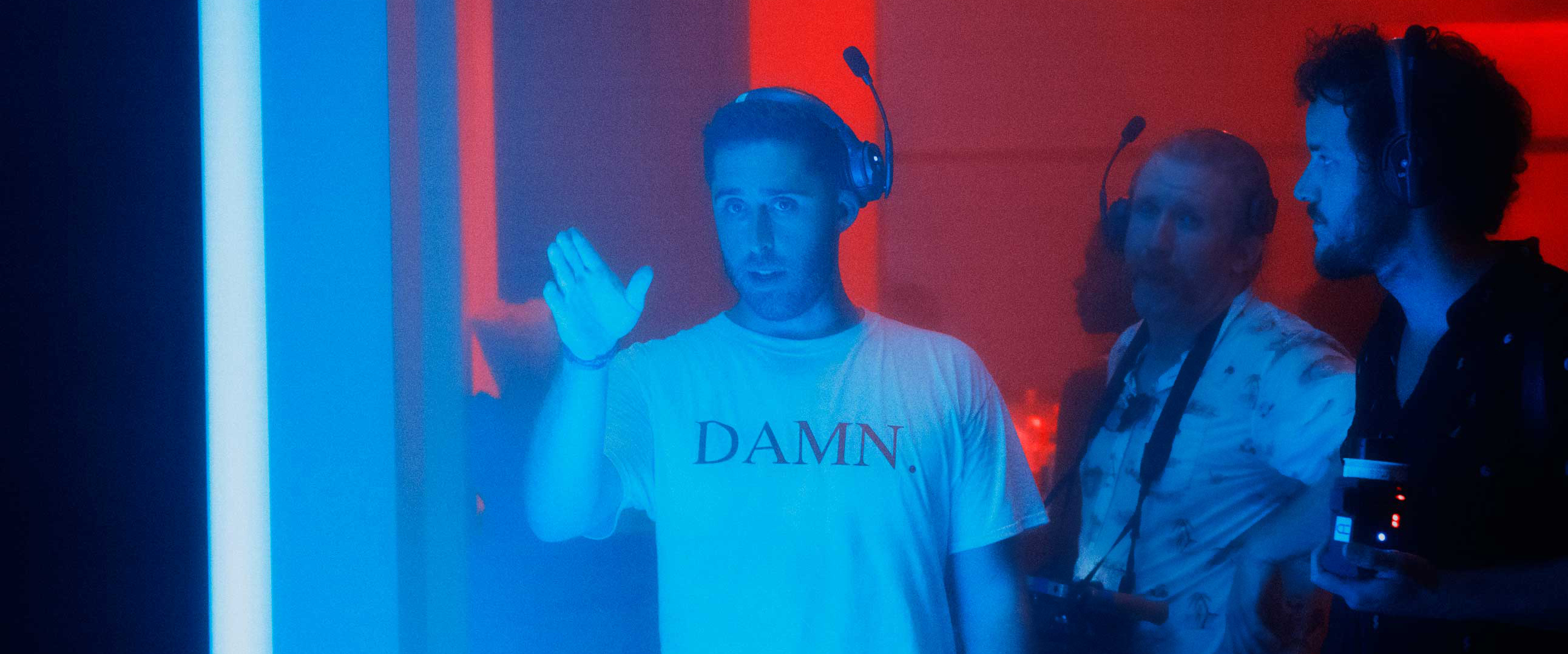
2. Cinematographer
Drew Daniels
Drew Daniels has shot all three of your features. Can you tell us about your collaboration?
Drew is my brother. It’s that beautiful thing where you just click with a person. You see eye to eye with a creative approach, but you can also see something different. Then you build each other up and make something amazing. Drew is my most important collaborator.
Our bond company said that our schedule was impossible. I think it was possible first because our actors are amazing so you don’t need to shoot a ton; the other thing is my relationship with Drew, built over all our movies. We don’t cover things in an ordinary way, we know what works for us.
Drew is an incredible DP, and he’s also an incredible operator. He is so in tune and in synch with the movie, with the camera, with the spirit, with the core. He can be a technician, but he’s an artist first. I think that’s why actors love him too, because he’s emotionally connected.
I love that man so much. I’m just so happy I found Drew so early on. I’d love to make movies with him all my life.
+++
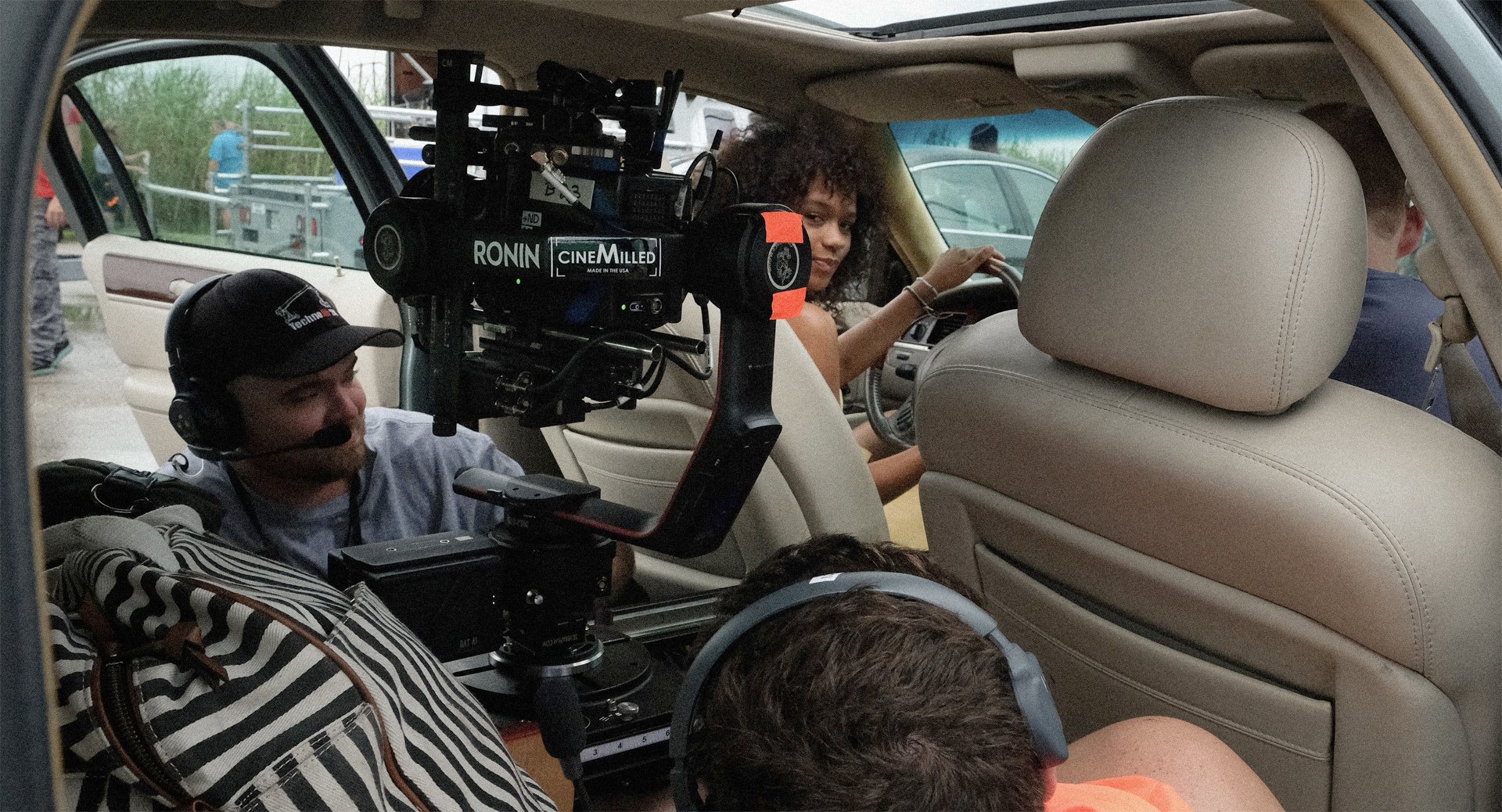
3. Camera Movement
The beginning montage of shots with fast camera moves that define Tyler’s everyday
life is skillfully done. This rhythm makes sense for the his part of the movie. But
even when you get to the quieter part of the film about his sister
Emily, even then, there might be a slow zoom.
It seems that moving the camera
is essential to you.
Absolutely. I grew up loving movies, but when I started studying movies
and figuring out what I love, it was mise en scène,
it was camera movement. But why are moving your camera. What’s the purpose?
What is it achieving? To me, it’s trying to let the camera be an extension
of the character’s head space -- where they’re at internally, emotionally.
That should dictate the ebb and flow of the cameras, whether there’s slow movement,
or whether there’s a ton of movement, or whether
there's a zoom.
So, when you and Drew Daniels think about where to put the camera in a scene, you try to depict the character’s interior?
Yeah. Drew and I shot-listed the whole thing, but we’d get there and ask:
“where’s Tyler at?”, or: “where’s Emily at?”. Where is their head space here?
And what feels honest and true to them? And then that’s how we shot it: they’re
feeling like this, so let’s shoot it like this. Sometimes that could be literal,
like: this is literally their point of view. But a lot of it is their emotional
life: how are they perceiving this moment?
After the ADD exhilaration of Tyler’s camera, there’s a lot of slow dancing with Emily. It’s really about trying to get close to where their journey’s at and letting that hopefully come across with the intention of the camera.
The circular camera movements inside the car are an important motif in Waves.
I’ve always loved 360s, I’ve had them in all of my movies. It’s like an all-encompassing
look into a character’s world. Waves has taken it even further.
When
I was a teen, my room was my personal place, and then it was my car. Being
in my car with someone I love was ultimate freedom. But also that age is chaos, so spinning between their bodies felt like Tyler and Alexis’ relationship. That camera movement felt like an image
of young love: it’s beautiful and free, but also dangerous and scary. That motif comes back later between Emily
and Luke, when they’re in a similar state in their relationship.
That scene has my favorite aspect ratio change moment, you cut from widescreen anamorphic to
1.85, but I barely noticed.
(laughter)
+++
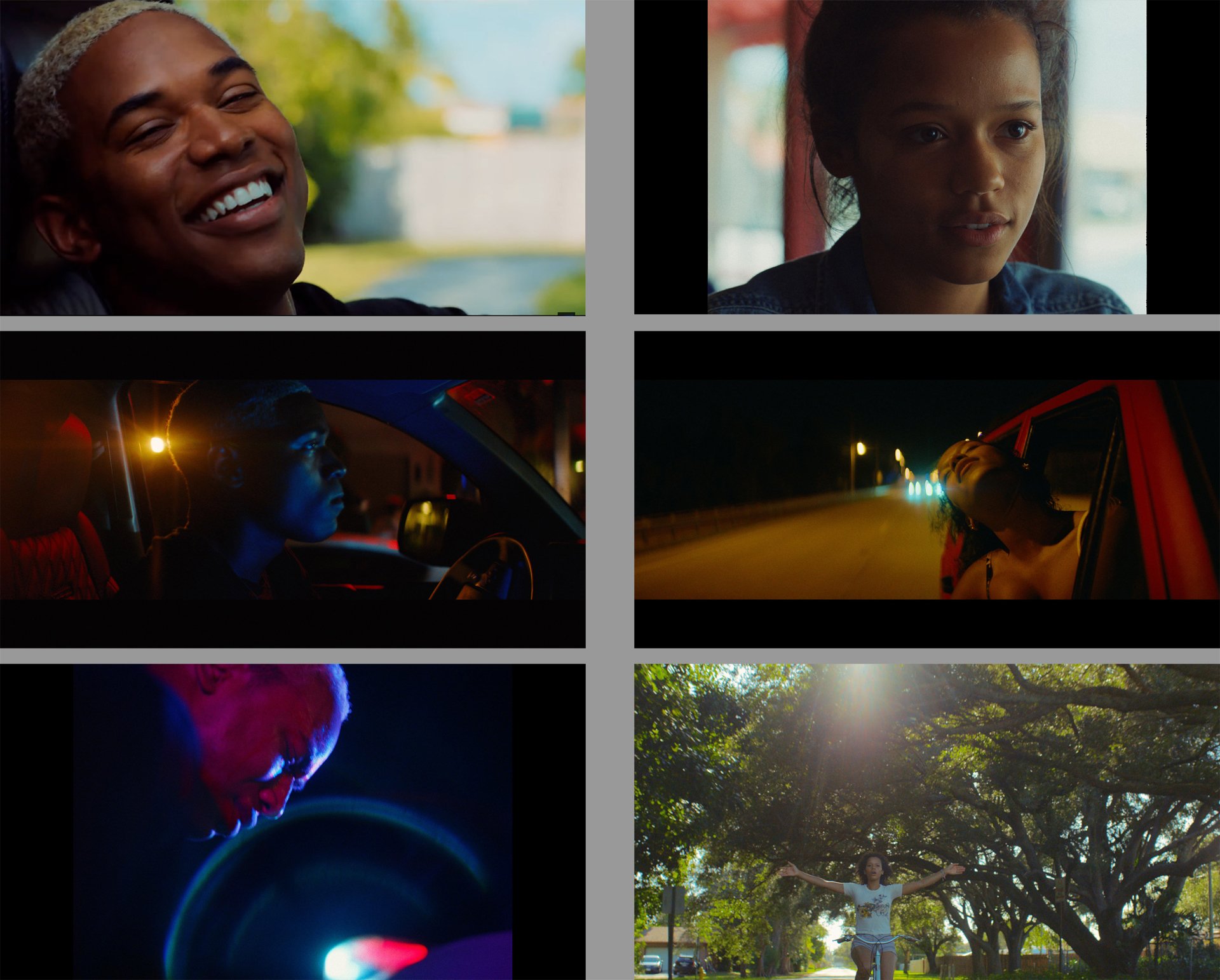
4. Elastic Frame
There are many changes of aspect ratio in Waves. You usually go to black in between the frame changes.
Yes: at times I treat the ratio changes like chapter markers.
I’m a big believer in the elastic frame -- that the frame became elastic with digital projection. So I appreciate your using
the aspect ratio as part of your filmmaking. Can you talk us through the different aspect ratios in Waves? You
start and end with 1.85 spherical, and in between you box in the characters with narrower frames.
Yes, for me it’s another extension of the character’s state of mind. For Tyler we go from 1.85, to 2.40, and then to 2.66 -- which is the native anamorphic ratio for that sensor -- then we even go down to 3.0, and end up in 1.33. Emily’s part is the reverse. It starts in 1.33, and then goes to 2.66, and then, as you mentioned, goes back to 1.85 at the end of the movie.
You mix spherical and anamorphic lenses, which evokes the mix that Rodrigo Prieto [ASC, AMC] and Alejandro Iñarritu did in their masterpiece Biutiful…
I love that film.
Why do you go to anamophic in the film?
Anamorphic is another layer that gets you closer
to the character’s head state, with that shallow focus and those flares. It
feels more impressionistic. We use it for Tyler any time he’s involved with
substances, like alcohol or pills or weed. And for Emily, we use it for
the opposite, for love. To let light back into her life.
The film allows itself to be exuberant and over the top in terms of camera
movement, but also in terms of anamorphic bokehs, or flares like the police
car
I love those circle flares. We discovered them with one of our Panavision lenses. We just fell in love with them and saved them for certain moments.
It’s wonderful that you go from naturalism to expressionism -- and then bring us back.
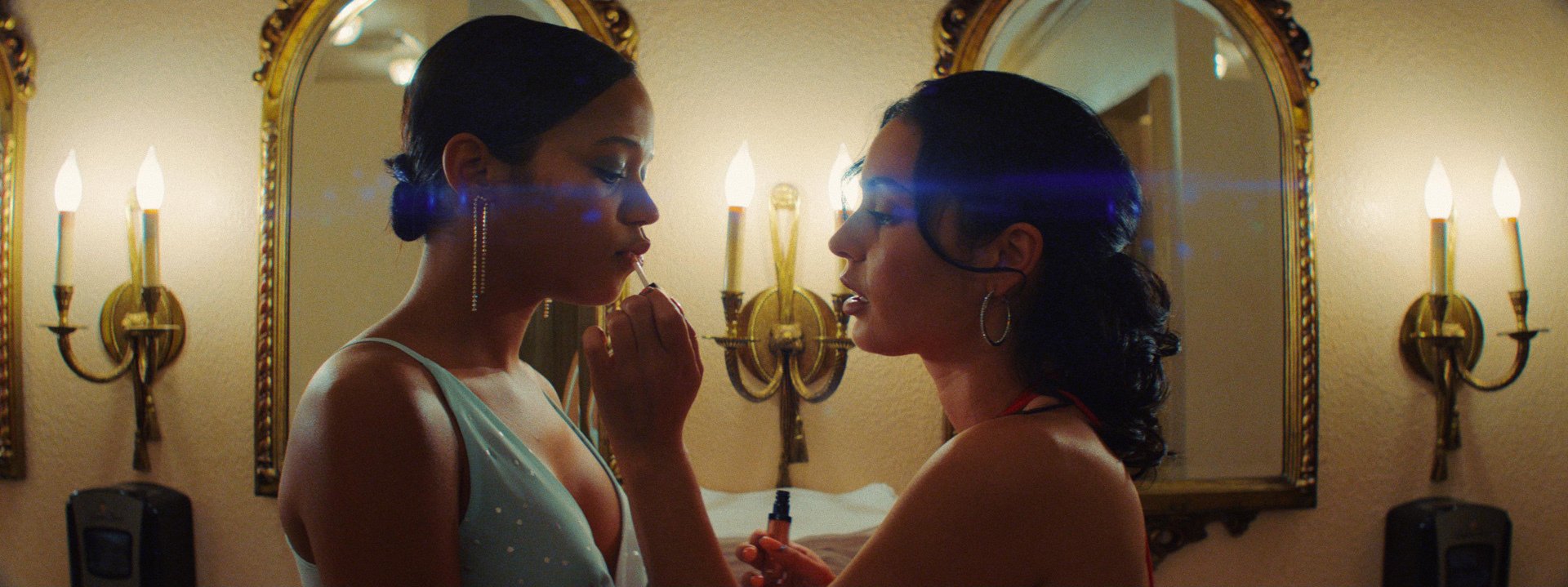
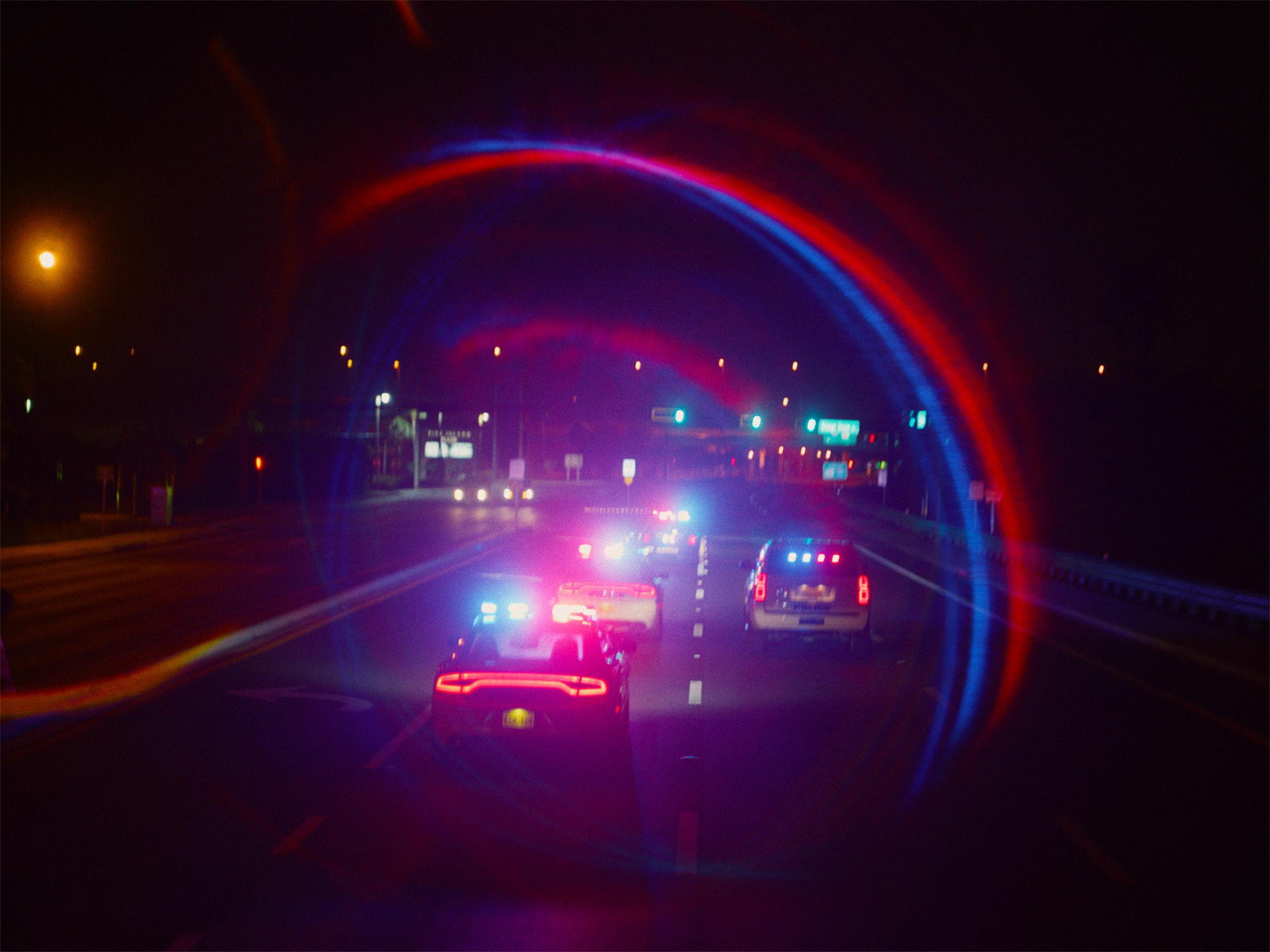
Below: the circular flare, shot with a spherical Panavision Ultra Speed 40mm.
+++
5. Bold Colors
I love the use of very strong colors in the film. Drew and your colorist Damien Van Der Cruysse
did powerful work.
Damien is the best. It was really great. I love the colors.
It feels like Florida, and it goes with the boldness of the movie -- everything
we’ve been talking about. When you’re that age you’re emotional and you feel
everything. The saturation feels spiritually honest to Tyler and Emily.
Some filmmakers, like Vittorio Storaro [ASC, AIC], believe that each color represents
something. Do you believe that?
I wanted color, like camera movement, to be another thing that feels true
to the character’s head space, and brings you into their world. But it wasn’t
like: “This color means this”. It was more emotional: “This is what these colors
feel like.” Also Waves is not a huge budget movie and your locations
help dictate your palette.
What made you go to these strong colors?
I felt like my last movie -- It Comes At Night -- was very muted,
depressing and all about death, and I wanted to jump out into the world. I
live in Florida and I’m in love with Florida. It’s a colorful, beautiful place.
Also, we have color interludes in the movie, which happen when there’s a
link between the siblings, between Emily and Tyler -- it’s like their spirits
connecting. We also have the full spectrum of colors in the end credits.
There’s an
extraordinary voyage in color after the fateful events at the party. I’m
guessing that every color wasn’t planned, but that it was planned to
have everything very saturated, very strong.
Yes. Saturated, strong and bold. it was about figuring out what colors to
use and then letting Drew go crazy and letting Damien push everything even more.
In that sequence in particular, the red and blue is like a warning sign starting
up with Tyler’s palette, and then it explodes because the nightmare is
coming alive.
+++
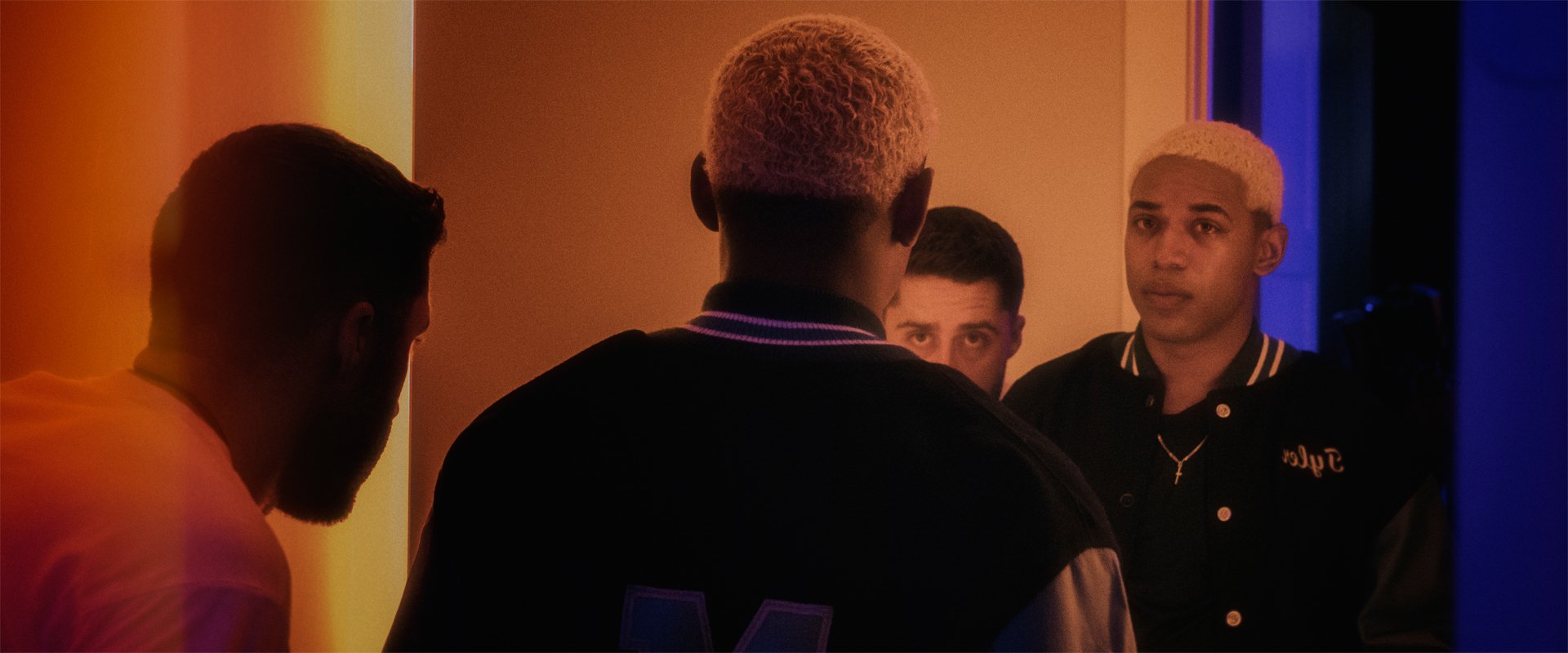
6. White and Black Filmmakers
I did an interview
a while back with Bradford Young about the issue of white filmmakers
making movies about African-Americans. I believe that we both agreed that
it’s not something that should be forbidden, but it certainly has to be done
very carefully in today's America.
For us, it happened organically. Kelvin Harrison Jr. and I met on our
last movie, It Comes At Night, and we loved each other, and wanted to make something together again.
I started to tell him about this movie, the broad strokes. I wanted to see if we could figure this out together, and we got closer for a year.
We started doing what we called “mini-therapy sessions”, long phone
calls and text messages about our past -- finding, shockingly, a lot
of commonalities in our experiences: dynamics with our parents, both of us
grew up in the South, upper middle
class, but then of course differences. For me it was about understanding a
lot of Kelvin’s past and his head space: growing up in a black family, being
a young black man, the generational baggage that came up in his family, the
dynamics of his relationships.
This went on the whole time I was writing the
first draft. I sent it to Kelv, and he still wanted to play Tyler, and we continued
our ongoing collaboration. We would analyze the script, we would talk
through everything. He would tell me: “This doesn’t feel authentic, this doesn’t
feel right”, and give specific language, or inspirations for a scene. And I
would hone and refine, just trying to hear Kelvin. And that pure collaboration
is the only reason it works, if it does. Kelvin and I really believe in this
movie.
Sterling K. Brown, who plays the father, shared an
anecdote after the Telluride screening. He recalled wondering
whether he should be doing the movie because Tyler's character might be seen as a bad stereotype. And
then he remembers Kelvin asking him: “Does that mean I can’t do it because
I’m black?"...
And Sterling then said “Oh, you got me there.” Kelvin told me that, with many of the scripts he gets: “I’m only able to be a sinner or a saint, it’s either good or bad.” It’s not complex human being in the middle. We wanted to be more progressive. If it’s done wrong it’s a cliché, but it’s not: because we’re making a flesh and blood human being. We’re not judging, we’re trying to empathize and understand.
If people have problems with me making the movie with Kelvin, I get it, but you’re basically saying “I shouldn’t make a movie with my friend because he’s black and I’m white”. This is another interesting thing to talk about. Our culture is in flux, we’re trying to figure out this stuff right now. I’m just trying to make movies with people I love. Kelvin’s like family. Your closest loved ones are all family.
+++
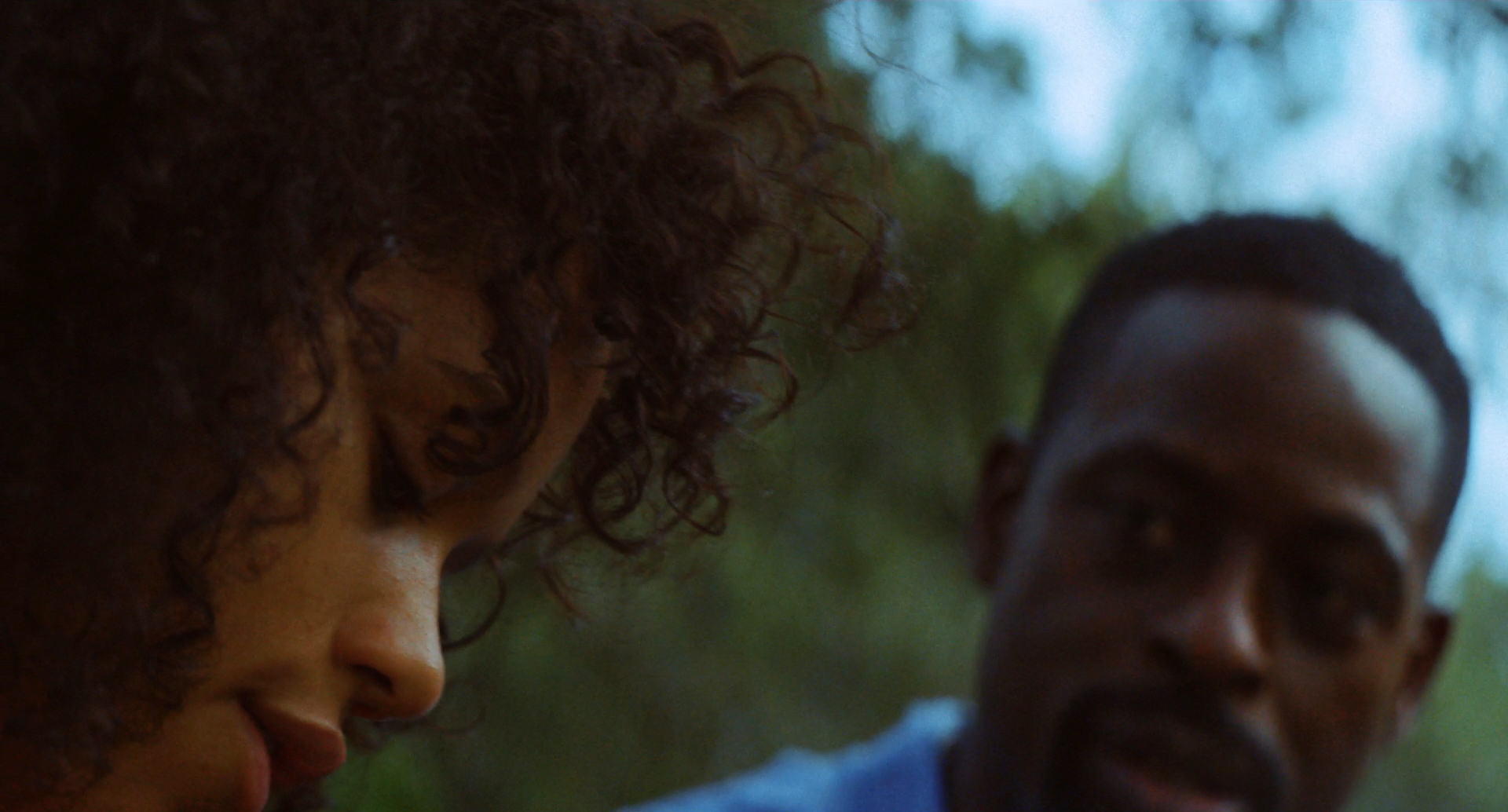
7. Love Covers All Offenses
There’s a key scene late in the movie with Emily speaking with her father, who quotes a sentence from the Bible, from Proverbs: “Hate creates strife, and love…
And love covers all offenses”. To me that’s the heart and soul of the movie. You can take that scripture towards the end, and take the first scripture towards the beginning and they’re both talking about the same thing.
The beginning quote is from Corinthians: “Love is patient, love is kind, love is not rude, it does not boast, love also forgets wrong...”
About that scene with Emily and her father, I hope it feels earned. What I hope it does, is click into place the structure of the movie, why it’s a dichotomy. That’s part of life. It’s not simple, because I think that we are linked by hate. Hate and love are linked together, we have to go through the hard stuff to get to the good, and that makes life so much more beautiful and that’s what makes us humans and complex. That scene is the heartbeat of the movie.
+++
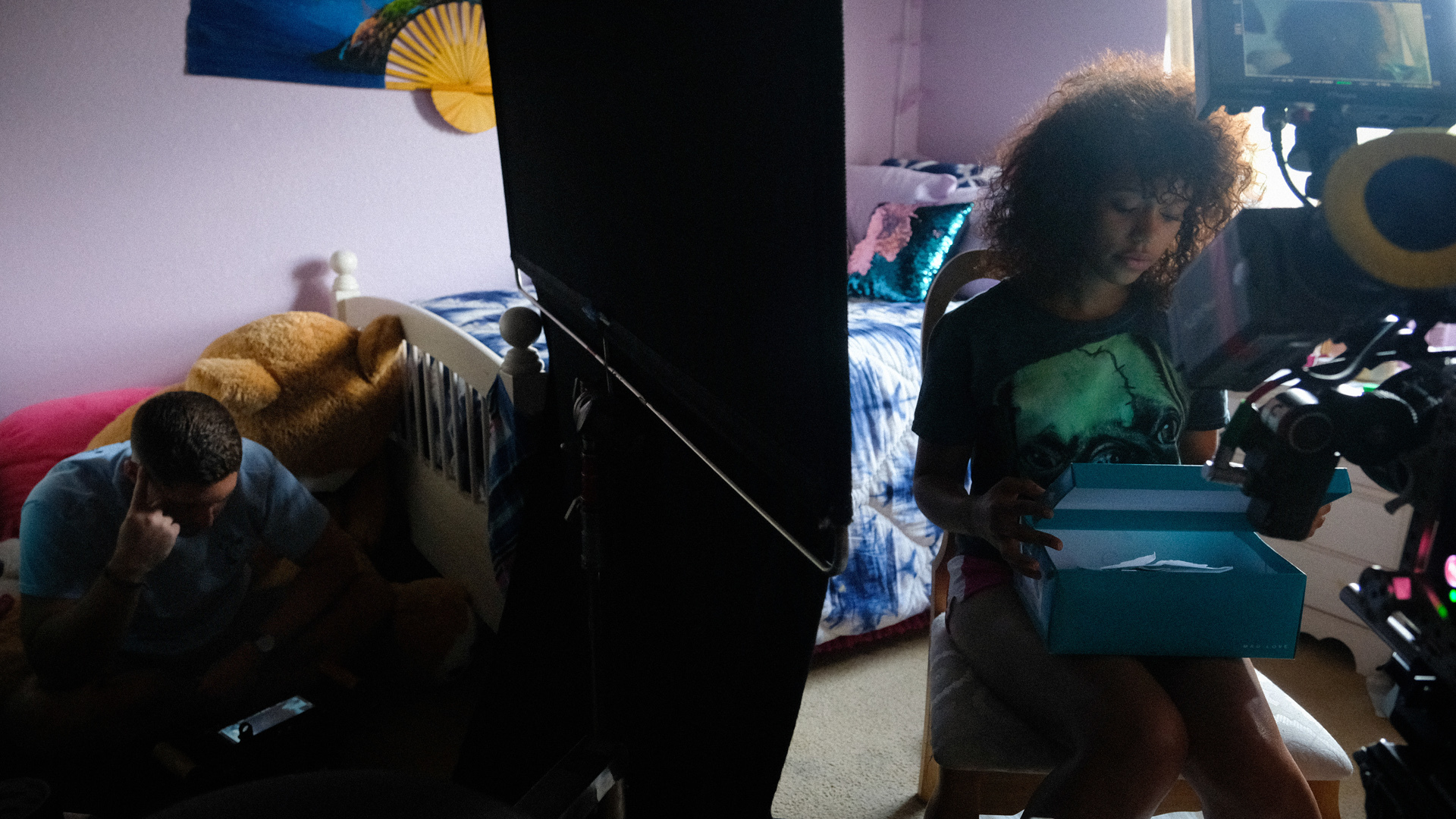
8. Autobiographical
How much of Waves is based on your own experiences?
This movie is probably the most autobiographical movie I’ve made. Everything initially stems from me or my loved ones. It’s always not just you, it’s taken from your parents, your girlfriend, your siblings, your world, but then it’s building out on that. That’s what that collaboration was with Kelvin, and what the collaboration becomes with each new actor – as far as they want to take it. I like to shape a role to where you’re taking something that is you and your loved ones, and then trying to let it grow outside of that as the collaboration builds.
As I understand, like Tyler, you have been a wrestler, and you had an injury?
Yes. Still have the scars on my shoulder. I tore it initially in high school and tore it again after that.
You don’t have to reveal more than you want to, but did you go through a drug thing?
I’ve never gone off the rails. But addiction is a huge thing in my family. I’ve had loved ones who have struggled with it hard. So it was very much informed by that, and by Kelvin and his loved ones, and some cousins, just trying to explore how a human being gets to this place.
My parents are therapists so I’m fascinated by human beings and trying to understand people and empathize. And I think that’s an extension of what the filmmaking is doing: the camera movement, the ratios, the colors, all of these tools are just trying to work to where you’re going towards this character’s emotional head space – hopefully feeling something and seeing their journey.
My first movie, Krisha, was all about addiction. It was understanding how we lost my cousin, how we lost these other loved ones. Waves was an extension of that, trying to take elements that have been in my life, in my real world, and figuring out: “Okay, what would it take for me to get to this place?”
I thought the closest way I could get to how this tragedy can happen, was to put myself in the shoes of the character, and understand what it would have taken to get me to that place -- combined of course with a huge collaboration with Kelvin. That's all in service of trying to understand these people and these loved ones.
+++
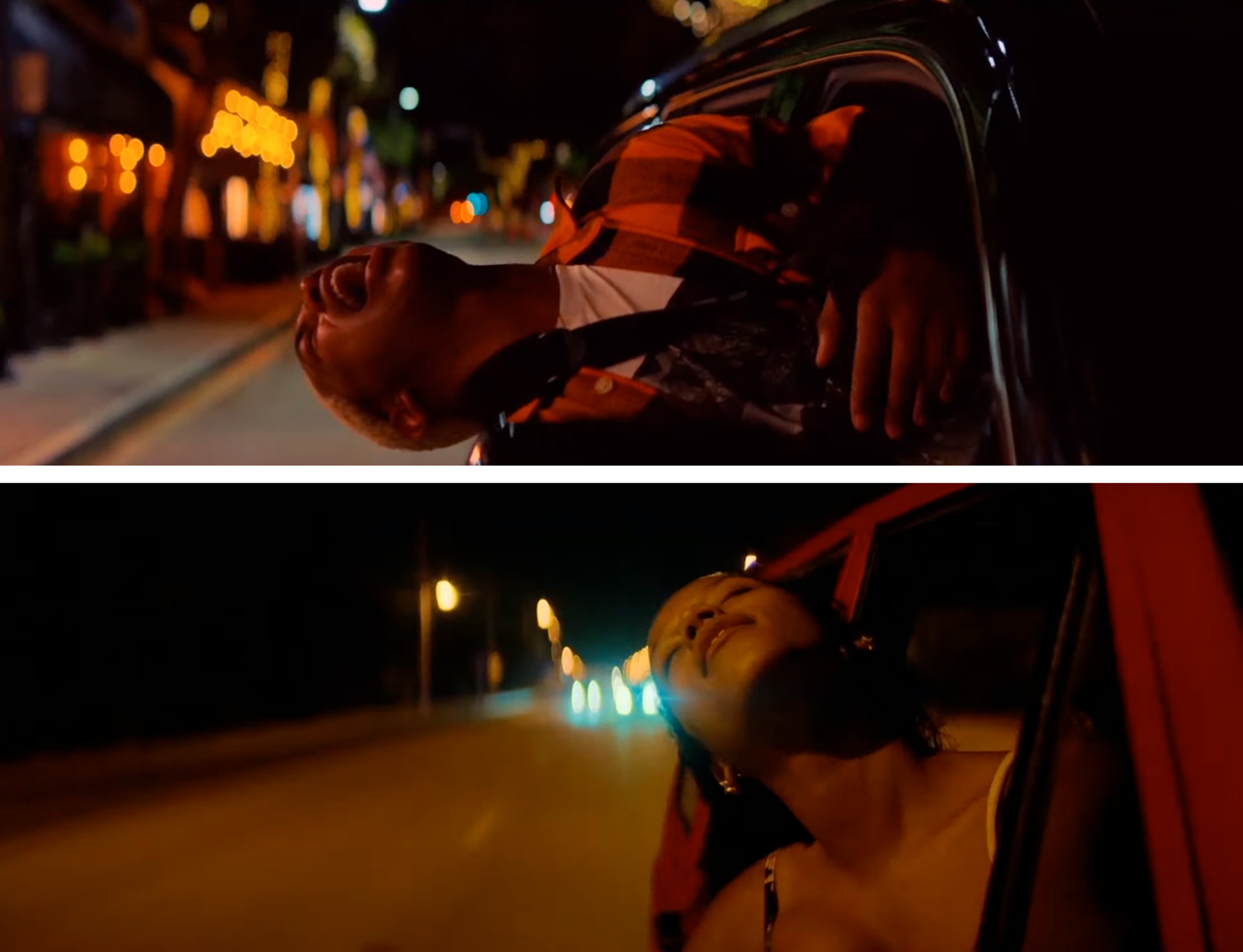
9. Why A Diptych?
You wrote Waves as a diptych, which is rare in cinema. Why a diptych?
It's various reasons. I love cinema, I love nothing more than when I see something that I feel I haven’t seen before. So I’m searching for that.
Much of the story is from my life, it was brewing over a decade, aspects of it. The Tyler half was the first thing that came, but that wasn’t enough for me and I didn’t feel a purpose just ending there, so I was searching for a minute, getting through some hard things in life, and getting on the other side and getting perspective.
Everything I’ve made so far until this movie has ended where the Tyler part would go, almost like a cautionary tale, ending at the worst moment. But I wanted to try something new, and having a shot at some forgiveness and redemption, that felt more true to where I was as a human being.
Then I had an epiphany that it could be two perspectives, like the yin and yang, the two halves that make the whole: a brother and a sister, a male and a female. It felt right for a movie about dichotomies to be structured as a diptych. I got excited at the idea of having that kind of structure: these two halves of the whole linked by a tragedy.
I wanted the second half to have a different tone and ebb and flow, because it’s sloppy and it’s like life. After terrible things it’s trying to sort things out and find some healing. And I think too, that it’s just where I'm at spiritually as a human being.
The moment where Tyler prays over his lunch is a heart-breaker.
Yeah it breaks my heart. Because that’s life right? Hopefully it feels earned and we’re on the path to healing but it’s not that easy, and it’s very hard road going forward, as all of us know. But at least we’re on the path. So I wanted it to feel earned and honest. Life isn’t that easy.
The movie wouldn’t be the same without that scene.
+++

+++
10. Terrence Malick
I know you interned with Terrence Malick. This is not a Terrence Malick movie, but it kinda is.
Yeah. I interned for Terry. I was 19, 20. I was a film loader, camera PA, I was a research intern and an editing intern, it’s a long story. But long story short: working for Terry changed the course of my life.
It was crazy working on footage for Tree of Life, and then seeing the film. It’s one of my favorite movies of all time, it moved me in a way I’ve rarely been moved. It was incredibly spiritual and huge for me.
I think that Terry is a genius, and that only he can do what he does. So you would be a fool to try and do the same things. He has his own voice, his own way of making movies and no one else can mess with that, because he’s Terrence Malick.
When I saw Terrence Malick work, it started clicking in my head: “Do I have anything to contribute? Do I have my own personal perspective on anything?” So I went in search of trying to find my own voice, my own way of approaching things. I think that’s what I’m doing now.
It’s been really nice to hear comparisons of this movie to Terry. I wasn’t consciously drawing on Terry’s stuff, except for Tree of Life which is one of my favorite movies ever, and is always in my head. But Waves was more inspired by real stuff, by collaborating with Kelv, my girlfriend, all the actors, Florida, listening to music and then just letting the movie come out to what it is.
What’s wonderful about Tree of Life is that the content is so ambitious. I feel that your film is very ambitious as well.
Thank you Trey.
Thank you, brother.
+++
LINKS
wikipedia: Waves
wikipedia: Trey Edward Shults
drewdanielsdp.com - Drew Daniels' web site
YouTube: Waves Official Trailer 1
YouTube: Waves Exclusive - Together featurette
YouTube: Waves Official Trailer A24
YouTube: Waves Q&A Telluride Film Festival
(warning: spoilers)
thefilmbook: The Elastic Frame
thefilmbook: Bradford Young conversation with Benjamin B
theasc.com: Biutiful article by Benjamin B
theasc.com: Tree of Life article by Benjamin B
+++
Many thanks to:
Trey Edward Shults, Drew Daniels and Damien Van Der Cruyssen
Isabelle Lopez at Sunshine Sachs
Katie Iida and Kyra Goldstein at A24
+++
Thanks to Drew Daniels for providing photographs
Set photography by Monika Lek, courtesy of A24
Screen grabs from YouTube trailers, and featurette
+++
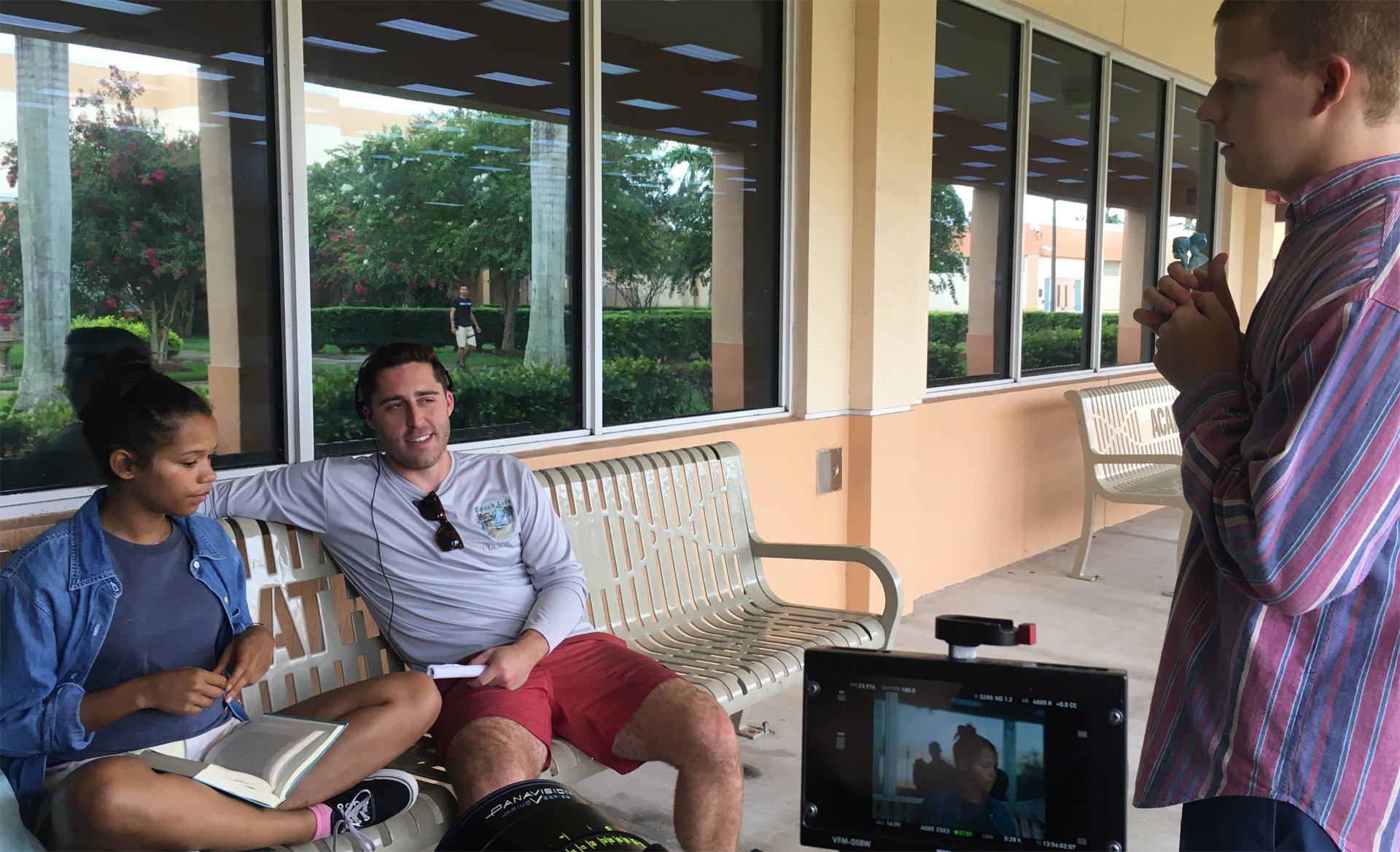
+++

